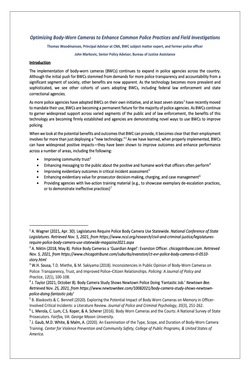By Carole McCartney and Louise Shorter
The seizure, safe handling and secure storage of evidence during criminal investigations is pivotal to the successful detection and prosecution of offences. The safe retention of materials after an investigation closes, even post-conviction, is also critical both to the ability of the appellate system to function and for ‘cold cases’ to be reviewed. Yet despite periodic high-profile instances in which failures to ensure the integrity and retention of evidence have occurred, there is a reticence to admit to evidence being lost; in particular, to consider the issue on an aggregate rather than a case-by-case basis. This lack of transparency is compounded by an accountability deficit, in which the issue falls through regulatory gaps. Provoked to locate proof of lost evidence, this article examines police retention of investigative materials, and details the results of surveys undertaken with lawyers and miscarriage of justice campaigners (n = 65) and police (n = 87), and 21 interviews with serving and retired police officers. We identify ‘weak links’ in the evidence chain that need strengthening, including the enhancement of training, improved physical packaging and storage facilities, sufficient training of police staff and the creation of specialised ‘exhibits’ roles. Further to practical resource demands, the issue requires accessible data so that the problem can be acknowledged, and accountability and oversight mechanisms created to assure processes.
International Journal of Police Science & ManagementOnlineFirst 2023





